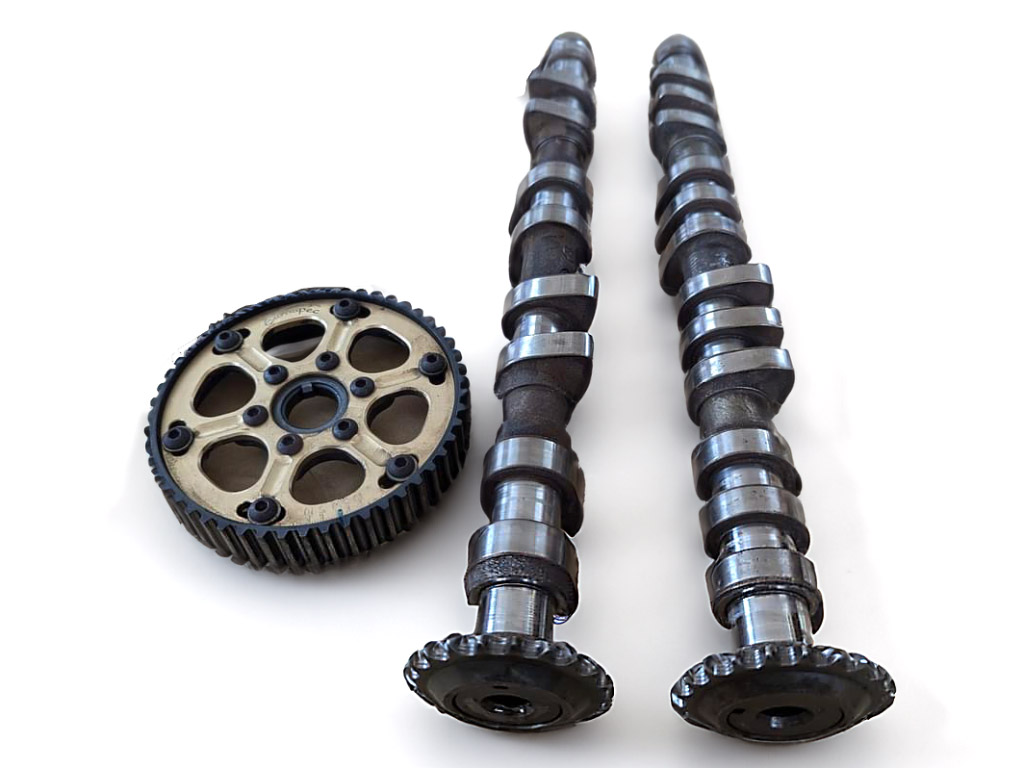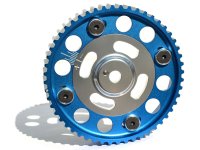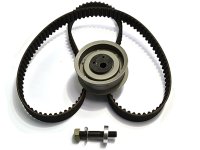Stock camshafts are designed by the manufacturer to have a smooth idle and give optimum fuel economy with excellent drivability from idle to a modest redline. While ideal for normal cars, this is a major hindrance when building an engine for all-out performance. Replacing your stock camshaft with a more aggressively-ground camshaft is critical for moving more air efficiently through the cylinder head. Greater volumetric efficiency produces horsepower and torque.
Camshafts are sold by their Advertised Duration number. This number represents the actual seat-to-seat duration (as expressed in crankshaft degrees) -typically taken at a .1mm checking height. When choosing a camshaft, the advertised duration will give you an idea as to where the power band will be. Generally speaking, a higher duration number translates into your usable power band being pushed further up the rpm range.

The Lobe Separation Angle (LSA) of the camshaft lobe is where the peak lift occurs in crankshaft degrees either BTDC or ATDC. The LSA is the result of your lobe centerlines added together, then divided by two. Some camshafts are ground with identical lobe centers (e.g. 110° + 110° / 2 = 110°) while others have mismatched lobe centers (e.g. 109.5° + 110.5° = 110°). Although both cams share the same 110° Lobe center, their performance will be much different. The LSA will be a determining factor in what your valve overlap will be in relation to the duration you decide to go with. High-duration camshafts with wide LSAs (e.g. between 106°-110°) are ideal for upper rpm power and produce a lumpy idle. More narrow LSAs (e.g. 111°-115°) accentuate low-end torque and provide a smoother idle.
Lift is the total amount of valve movement created by the camshaft. Increased valve lift increases the total amount of power made over the entire rpm band. Water cooled VW/Audi heads use cam followers between the lobe and the valve stem. This means that the total lift provided from the camshaft lobe is the same lift that the valve will see.
It is important to remember that "bigger is better" does not apply here and that over-camming a head is a rookie mistake. Make sure you do your homework before investing. A camshaft that is matched well to the head's flow characteristics will deliver maximum torque and power across the desired power band. A cam that is ill-matched to the engine's spec or the application (e.g. commuter vs. rally vs. drag) may make a vehicle slower if not simply unpleasant to drive.
Follow USRT's guidelines and WIN.




